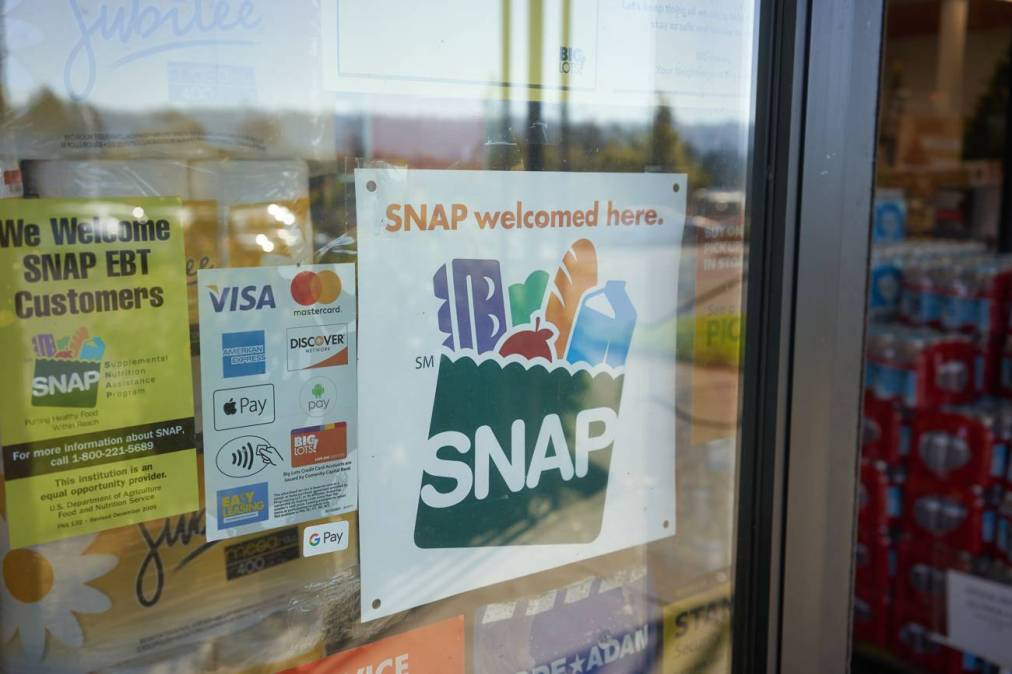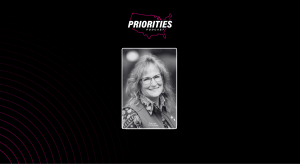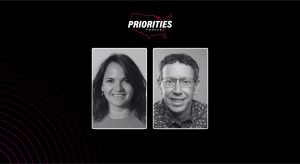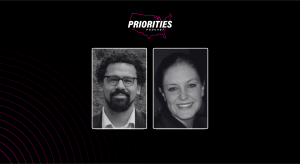With SNAP lapse ahead, states wrestle with H.R. 1 changes

As the federal government shutdown stretches into its fourth week, state agencies are grappling with technical, financial and policy adjustments after a Department of Agriculture directive to pause processing of Supplemental Nutrition Assistance Program benefits this November.
The federal agency, which manages the food assistance program, issued the letter on Oct. 10, stating that there will be “insufficient funds” to pay full SNAP benefits, potentially affecting approximately 42 million Americans, including low-income families, seniors and children.
According to the National Conference of State Legislatures, states including Minnosota, Illinois, Iowa, New York, Colorado and Pennsylvania have begun to halt new applications and warn residents that November benefits may not be coming or are already on hold. Several state chief information officers told this publication at a technology conference this month that the uncertainty around SNAP had become a pressing priority.
“The Trump Administration has provided zero assurance that our state will receive reimbursement—even if Maryland were to cover SNAP benefits in the absence of federal funding,” Maryland Gov. Wes Moore said in a statement on Friday. “As I have long said—there is no balance sheet to make up for when the federal government just decides to tell states, ‘You’re on your own.’”
A recent report, from the Digital Benefits Network and the Beeck Center for Social Impact and Innovation at Georgetown University, found that states were already struggling to prepare their benefits systems for major changes under H.R. 1.
The sweeping federal law, known as the One Big Beautiful Bill, reshapes how programs like Medicaid and SNAP are administered, including expanding work requirements, eliminating nutrition education and increasing state administrative costs.
The Beeck Center report, which was based on interviews with officials in seven states and published the same day the USDA sent its letter, found that updating state technology systems presents a challenge to implementing the changes directed by H.B. 1. Many eligibility and enrollment platforms are decades old and costly to modify.
The study also found that reducing error rates in food assistance programs has become a top priority, especially since H.R. 1 shifts more financial risk to states that make mistakes. Officials in the report expressed concern that outdated systems could make these goals harder to meet.
“We’re trying to treat this not just as a compliance exercise, but as a modernization moment,” one unnamed state IT director told researchers. Another official said the biggest challenge is “building for rules we don’t fully understand yet.”
The report showed that some agencies are reevaluating how they share data across programs after recent federal scrutiny of data-use, privacy and immigration policies. Ali Benson, director of the Beeck Center’s State Chief Data Officers Network, said each state takes a different approach to its data privacy, sharing and infrastructure.
“The U.S. has an extremely federated approach to data and privacy in general,” Benson said in June. “Every state is different, and then sometimes even within the same state, a lot of data efforts are super decentralized.”
The National Conference of State Legislatures this week noted that the success of states to adjust will depend on timely federal guidance, funding support and the ability to upgrade IT systems fast enough to prevent disruptions to families who rely on the benefits.






